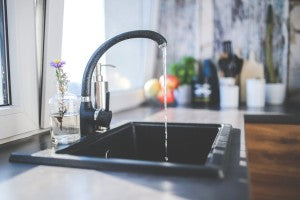
Does Running Your Faucet Reduce Lead Concentrations in Drinking Water?
By Dan DeBaunShare
A study led by researchers from the Louisiana State University Health New Orleans School of Public Health, supported by colleagues from Tulane University, Virginia Tech and Corona Environmental Consulting, has found that the currently recommended method of flushing lead from pipes by letting water run before consuming it DOES NOT provide a consistently effective method of protecting children from exposure to lead via drinking water.
The results of the study, which was recently published in the International Journal of Environmental Research and Public Health, suggest that rather than reducing exposure, the opposite may in fact be the case, as it MAY INCREASE exposure to lead.
Does Running Your Faucet Reduce Lead Concentrations in Drinking Water?
According to lead author, Adrienne Katner, an Assistant Research Professor of Environmental & Occupational Health Sciences at LSU, flushing water lines according to the current guidelines (half a minute to two minutes) may reduce lead levels in water in some homes, however, more than half of the homes tested had peak levels of lead in their water after flushing for that length of time. Consequently, flushing taps for the recommended time may inadvertently increase the likelihood of being exposed to lead in drinking water. Dr Katner recommends that more effective lead prevention interventions, such as certified high-end berkey water filter (99.9% removal rate), would be more effective in reducing exposure to lead, particularly for families who do not have the finances to replace lead pipes and plumbing.
The researchers interviewed homeowners and sampled water from 376 homes located on the East Bank of the Mississippi River, New Orleans, from February 2015 - November 2016. The homes in the study were selected due to their potential to have lead present in their drinking water. Water samples were tested by scientists from Virginia Tech. These included samples from the first cold water draw off; first hot water draw off; and water drawn after letting taps run for 30-45 seconds, 2.5-3 minutes or 5.5-6 minutes.
Lead levels in New Orleans drinking water were generally low compared to the EPA safety standard of 15 parts per billion (ppb) set for lead. The test results from the water samples analyzed showed lead levels in drinking water were 5 ppb in 88% of the homes tested. More than 50% of the samples had detectable levels of lead (at levels of 1 ppb or higher). Lead levels in the water samples ranged from less than 1 ppb (undetectable) to 58 ppb in samples collected after flushing the pipes for 30-45 seconds. Lead levels in water did not differ significantly in the samples flushed for longer periods until the six-minute mark was reached, whereafter lead levels declined.
Yet, while the percentage of water samples where lead levels exceeded 1 ppb did decrease when flushed for an extended period of 5.5-6 minutes, Dr Katner points out that the lead reductions observed were not always significant enough to reduce lead exposure in children. If the goal is to prevent lead exposure in children completely, or even to reduce lead levels to the minimum detectable level of 1 ppb recommended by the American Academy of Pediatricians, then New Orleans may need to consider a more proactive measures rather than flushing if they wish to achieve this.
"We could not verify that a one-time flush is sufficient to maintain low water lead levels," notes Dr Katner. "Some studies evaluating flushing at school taps suggest frequent flushes may be needed throughout the day, as waterborne lead can return to pre-flush levels within hours. Prolonged and repeated flushing may also not be practical, cost-effective, or sustainable over the long term, especially in cities with declining water resources and/or rising water rates."
The researchers conclude that public health notifications and recommendations should be updated to ensure consumers flush their water pipes appropriately, and these should also acknowledge the short-comings and limitations of using this method for reducing lead exposure in drinking water. A water filter system is highly recommended as a fail safe to protect homes who believe they are being exposed to lead.
Journal Reference Katner, A.; Pieper, K.; Brown, K.; Lin, H.-Y.; Parks, J.; Wang, X.; Hu, C.-Y.; Masters, S.; Mielke, H.; Edwards, M. Effectiveness of Prevailing Flush Guidelines to Prevent Exposure to Lead in Tap Water. Int. J. Environ. Res. Public Health 2018, 15, 1537. DOI:10.3390/ijerph15071537
-
Regular price From $302.00 USDRegular priceUnit price / per
-
Regular price $234.00 USDRegular priceUnit price / per
-
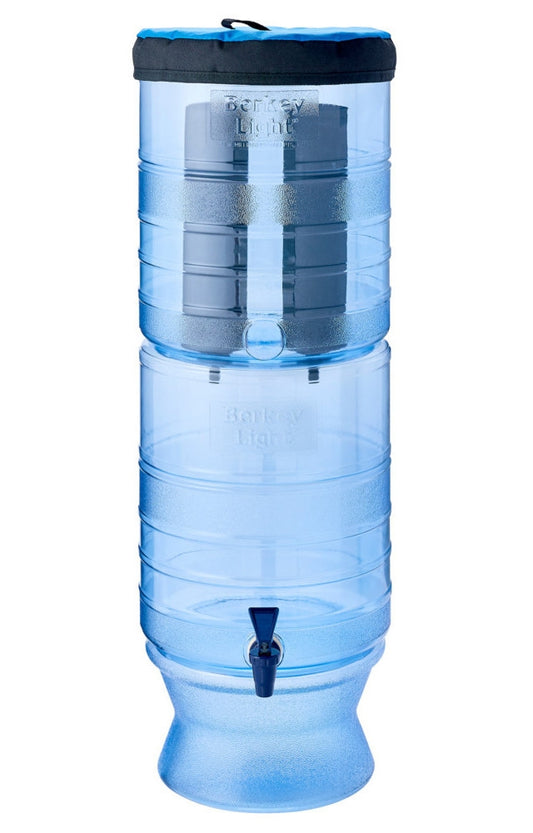
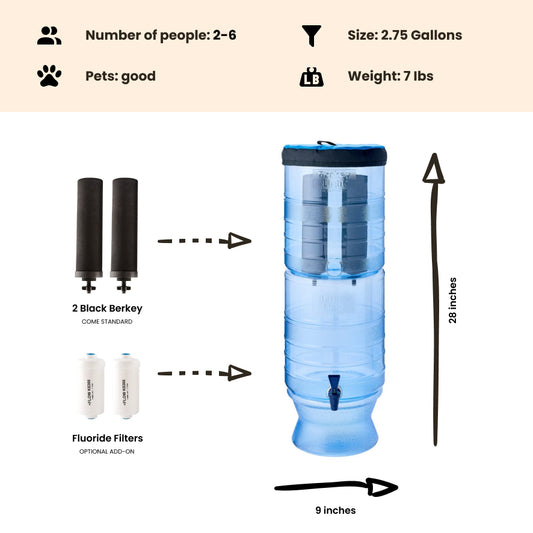 Sold outRegular price From $305.00 USDRegular priceUnit price / per
Sold outRegular price From $305.00 USDRegular priceUnit price / per -
Regular price $327.00 USDRegular priceUnit price / per
-
Regular price From $367.00 USDRegular priceUnit price / per
-
Regular price From $408.00 USDRegular priceUnit price / per
-
Regular price From $451.00 USDRegular priceUnit price / per

Dan DeBaun
Dan DeBaun is the owner and operator of Big Berkey Water Filters. Prior to Berkey, Dan was an asset manager for a major telecommunications company. He graduated from Rutgers with an undergraduate degree in industrial engineering, followed by an MBA in finance from Rutgers as well. Dan enjoys biohacking, exercising, meditation, beach life, and spending time with family and friends.
~ The Owner of Big Berkey Water Filters


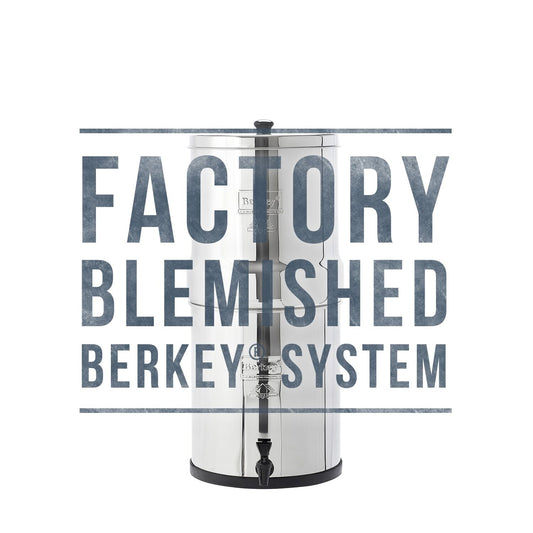
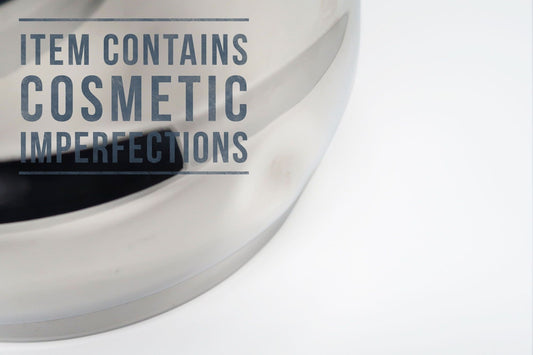








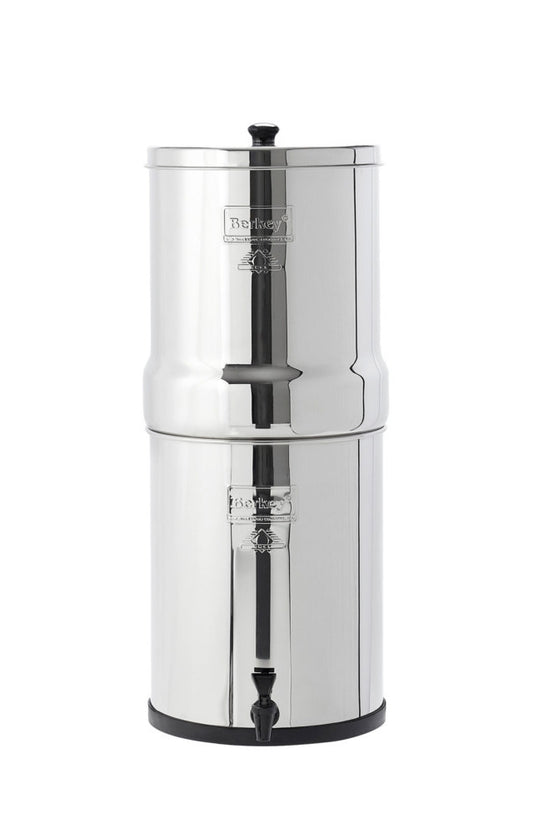
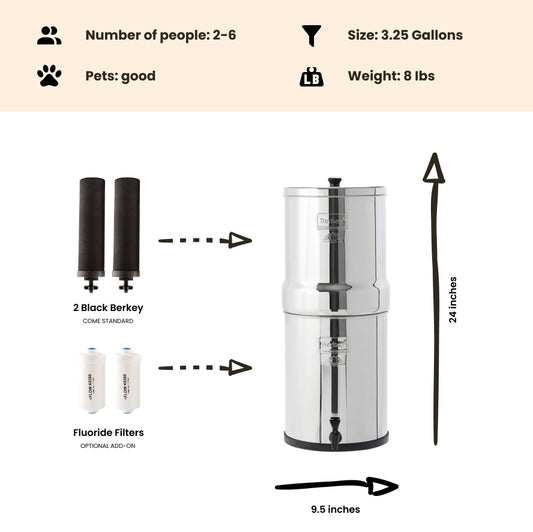



We would like to know about discounts for missionaries. Thank you
Hi Ginger -
Please contact our customerservice@bigberkeywaterfilters.com and a rep can assist you.
Thanks
Dan